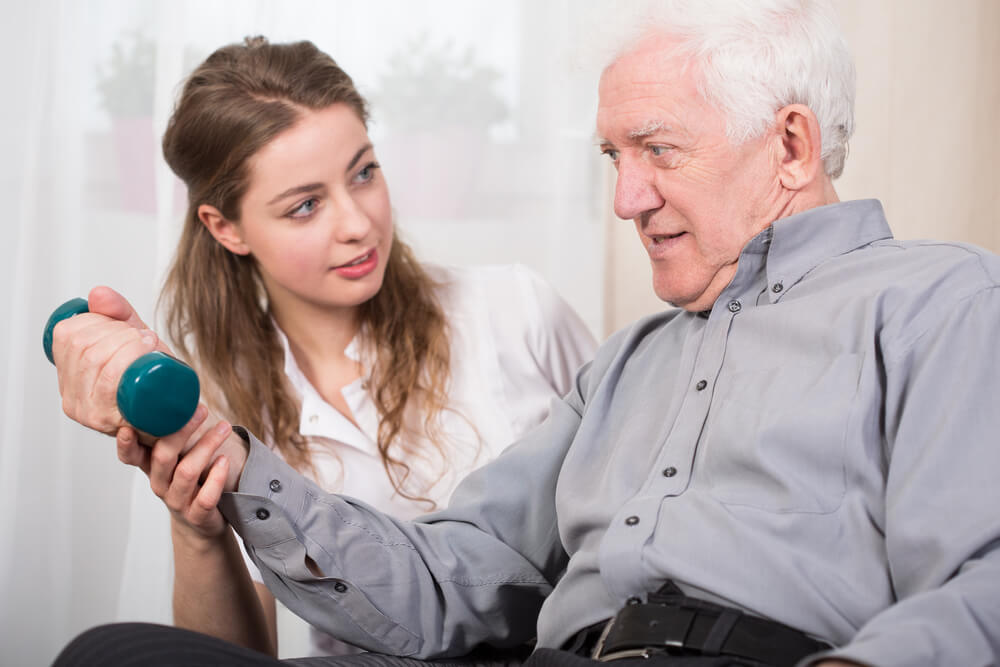Grasping the Approaches toward Physiological Rehabilitation toward Improved Restoration and Restoration
Grasping the Approaches toward Physiological Rehabilitation toward Improved Restoration and Restoration
Blog Article
Physiological treatment serves as a important part of rehabilitation and recovery for numerous people. This assists patients restore strength, improve flexibility, and alleviate pain subsequent to injuries or surgeries or surgeries. Numerous methods to physical treatment, all designed to satisfy the particular needs of clients. Comprehending these different approaches can aid people take knowledgeable choices about their rehabilitation process.
A frequent approach to bodily rehabilitation is hands-on therapy. Such method involves physical care by a physiological therapist to handle muscle tissue and joints. Physical therapy can aid alleviate pain, boost blood flow, and boost range of motion. Therapists may utilize methods such as kneading, articulation mobilization, and elongation to help individuals heal. Such method is often advantageous for those with muscle and joint problems, such as back pain or arthritic conditions, as it centers on the muscular elements of rehabilitation.
A different significant method is restorative exercise. This method entails targeted activities crafted to boost power, equilibrium, and control. Bodily practitioners develop personalized physical activity plans based on the individual's condition and objectives. Such movements can differ from simple exercises to more advanced activities. Restorative physical activity is vital for restoring vigor after an injury and stopping future issues. This also assists clients restore self-assurance in their physical skills, which is vital for total recovery.
Aquatic rehabilitation is another beneficial technique that uses liquid to assist in healing. This method takes advantage of the buoyancy of water, which reduces the impact on connections and allows for easier movement. Clients can carry out activities in a water environment, making it a wonderful alternative for those with restricted movement or discomfort. Water-based therapy can help improve vigor, mobility, and resilience while delivering a nurturing setting for rehabilitation. It is especially beneficial for patients healing from surgery or those with chronic soreness conditions.
In conclusion, learning and autonomy are essential elements of physical therapy. Bodily right here practitioners not just offer care but also teach individuals about their conditions and how to cope with them. Such entails understanding body movement, alignment, and the significance of being involved. With enabling clients with understanding, specialists aid them assume an active position in their healing. This approach motivates clients to persist their rehabilitation beyond the scope of therapy sessions, resulting to better enduring results.
In conclusion, bodily rehabilitation provides various techniques to improve recovery and restoration. Hands-on rehabilitation, restorative movement, pool rehabilitation, and learning all have crucial functions in assisting patients regain their vigor and movement. Every method is designed to address the distinct needs of individuals, guaranteeing a complete technique to recovery. With grasping these various techniques, patients can more effectively navigate their healing path and work towards reaching their rehabilitation aims.